A whisky distiller near Laurencekirk is turning its attention to Scottish oak in the hopes of creating a buoyant sector that benefits native businesses.
Spearheaded by Whyte and Mackay’s Fettercain Distillery, the Scottish Oak Programme was founded by master whisky maker Gregg Glass and aims to establish the use of the wood as a raw material for the drinks industry.
Starting with whisky, the programme will develop and in turn grow to support other local firms and craftspeople, and will build demand for traditional skills from forestry management to coopering and sawmill practice.
The first dram of the project
Launching its new limited release 18-year-old, this is the first liquid to have been bottled as part of the project after being finished in Highland Scottish oak.
While the main fruits of their labour – the trees they have planted at the distillery at Fasque Estate – won’t be ready for another 200 or so years, the company is working to further build a future for Scotland.
Planting the nursery from acorns, the plan is to create a 20-acre mixed wood that will also benefit the local ecosystem.
Fettercairn Distillery – The liquid
Fettercairn Distillery has also been working on refining its liquid, and has invested a large sum into adapting their visitor experience.
At the distillery you’ll find 14 warehouses with a variety of stock lying within, as well as an old Victorian mash tun – one of just three in Scotland – and two of the four stills have cooling rings on them which, too, is quite rare to see.
The cooling rings dowse the stills with water, cooling the copper which in turn increases the condensation, allowing the lighter vapours to rise in the still. This helps give Fettercairn its distinctive taste.
The team create 49-50,000 litres of alcohol per week using 120 tonnes of barley which comes from neighbouring farms within a 50-mile radius.
This latest liquid, its 18-year-old, brings forth a new era for the brand moving towards a more progressive and innovative style that marks why Fettercairn is different to other distilleries. The copper ring has lots to do with the tropical house style, however it is also the commitment to using local barley, and now focusing more on Scottish oak, that will make it stand out.
As for this specific whisky, it is sweet on the nose and tastes of syruped fruits, patisserie sugars and a little spice, before ending with a natural vanilla finish. It’s bottled at 46.8% ABV, is priced at £175 for a 70cl bottle and has a rich mouthfeel that is familiar with many of the Fettercairn numbers.
Gregg Glass, master whisky maker, said: “Fettercairn 18 is a culmination of an approach to whisky making I have developed across a number of years.
“This first release reflects the dedication not just of myself, but of our partners ‘from Forest to Field’, who each played a role in rekindling the skills required to harvest Scottish oak.
“At Fettercairn we are passionate about the potential of Scottish oak and the unique flavour characteristics it offers to the whisky maker.”
And what Gregg and the team are trying to do with the Scottish Oak Programme is future-proof the industry, and Scottish oak, for the next generation of whisky makers.
Working with the team at Fasque Sawmill, the Scottish oak makes for the perfect wood to make cask staves. The bark, and imperfect pieces are also put to good use and are sent to local craftspeople to make into leather and ornaments.
Out of a third of a tree, master whisky maker Gregg Glass says you can roughly get around eight to nine perfect staves that are used to make a cask.
This not only adds value to the Scottish craft industry, but also keeps Scottish oak in the country.
Fettercairn will celebrate its 200th Anniversary in 2024 and will continue to showcase and champion this new Scottish wood in the market, ensuring it is sustainable and paves a way for the industry’s future.
As we know, without good wood, there’s no such thing as good whisky.
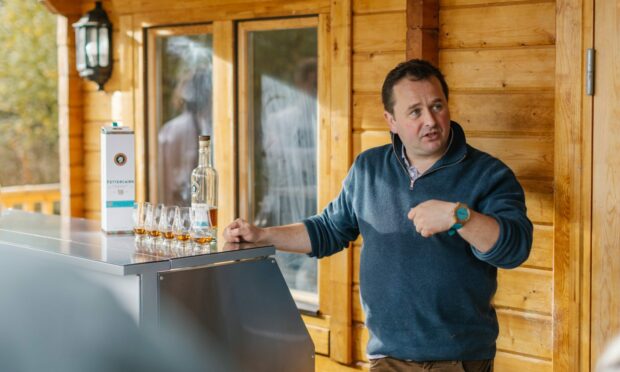
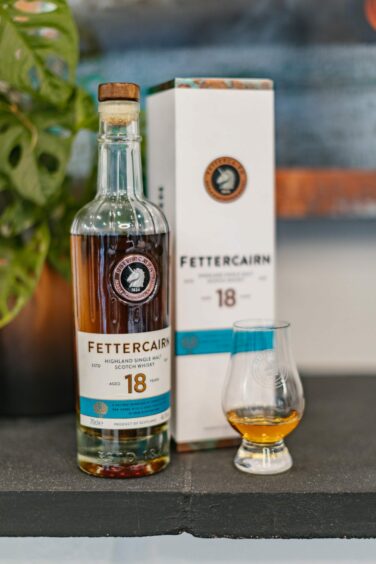
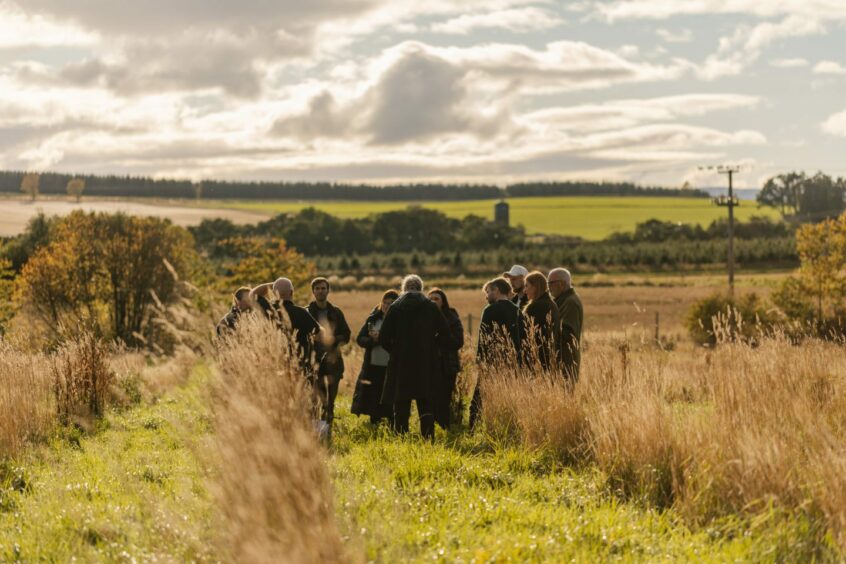
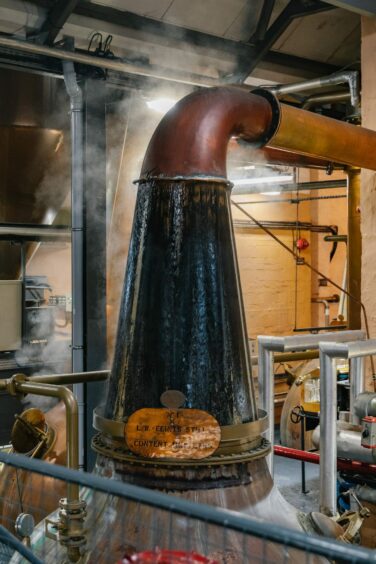
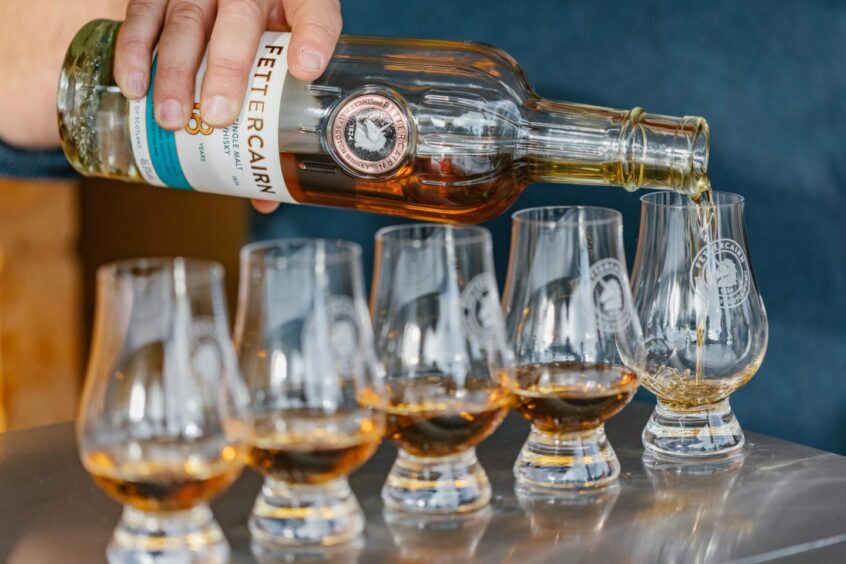
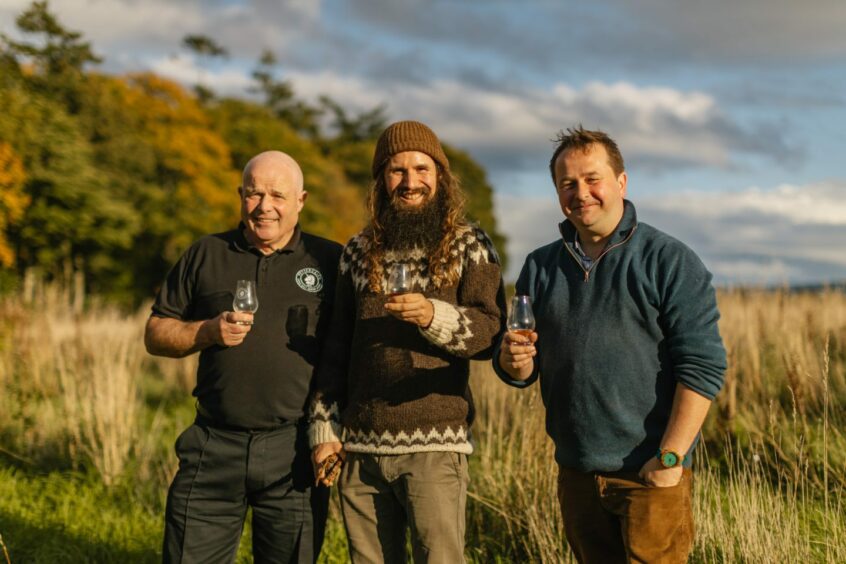
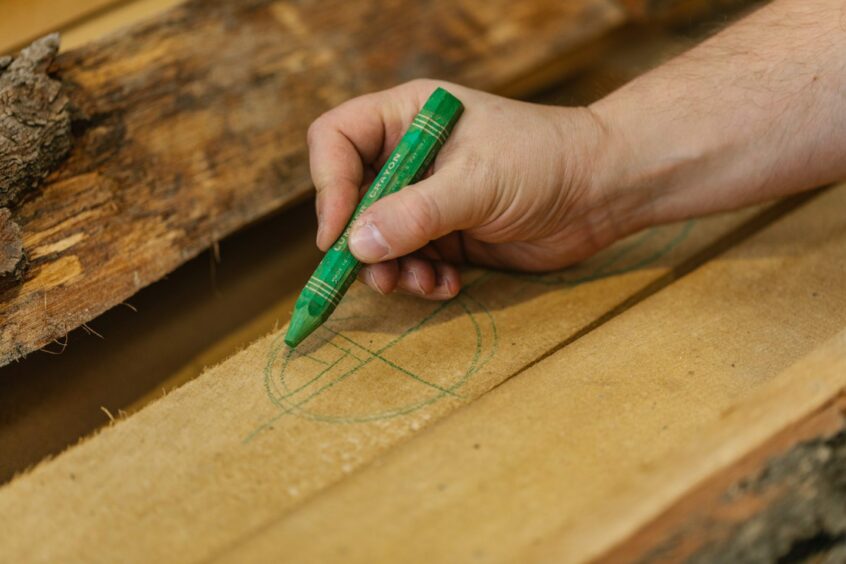
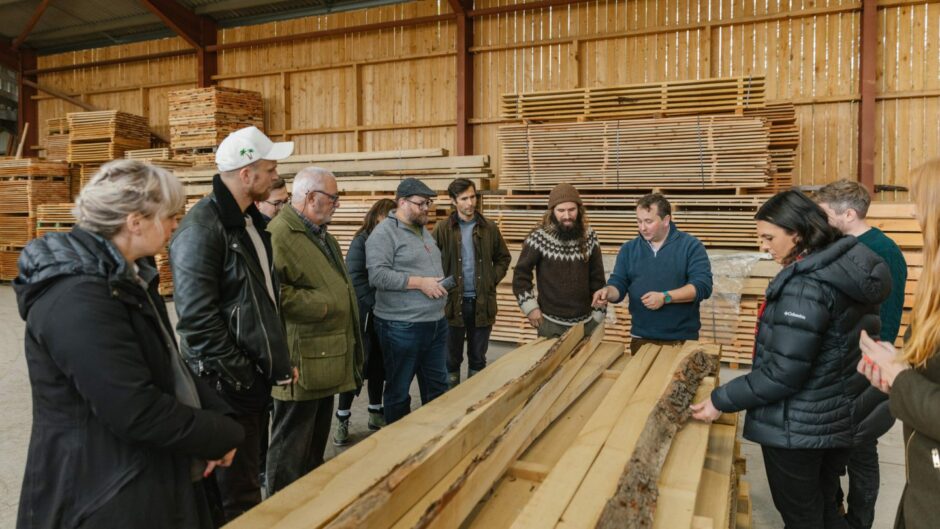
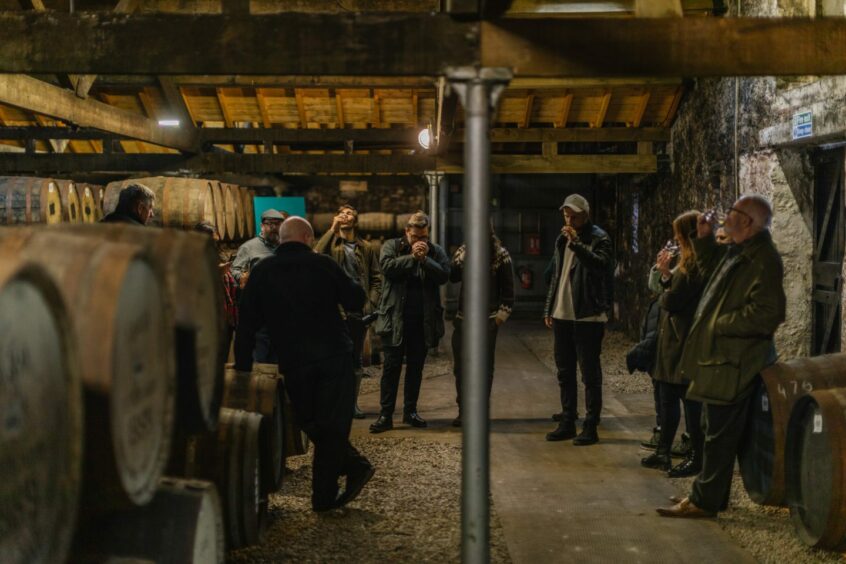
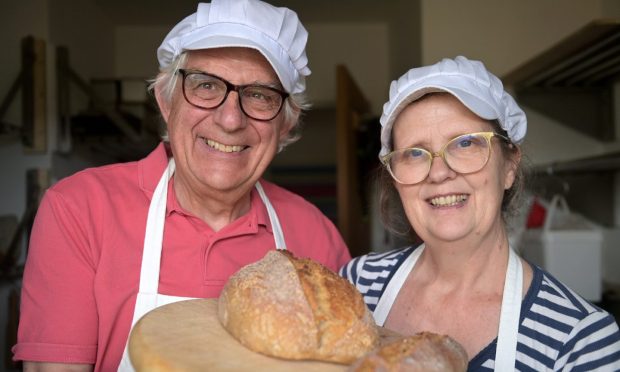
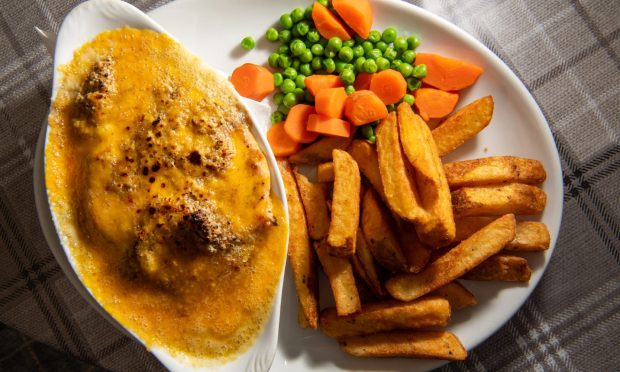
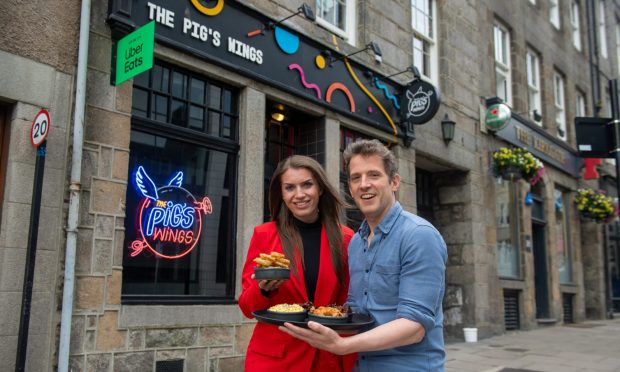
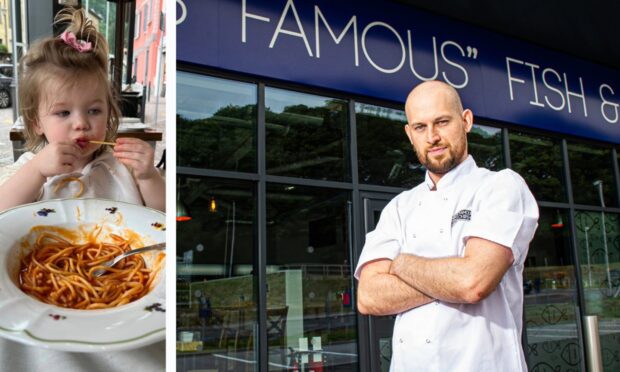
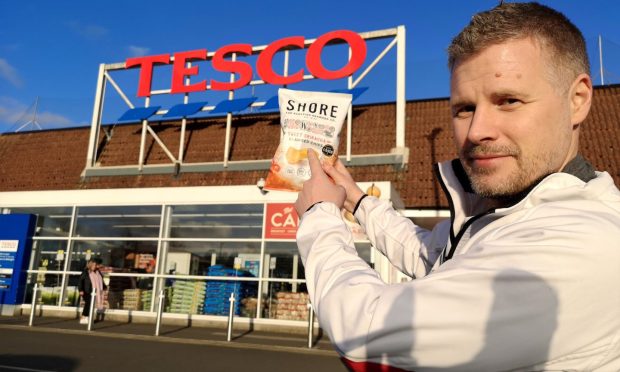
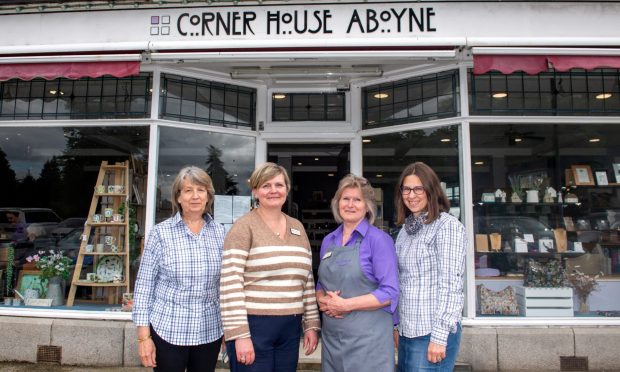
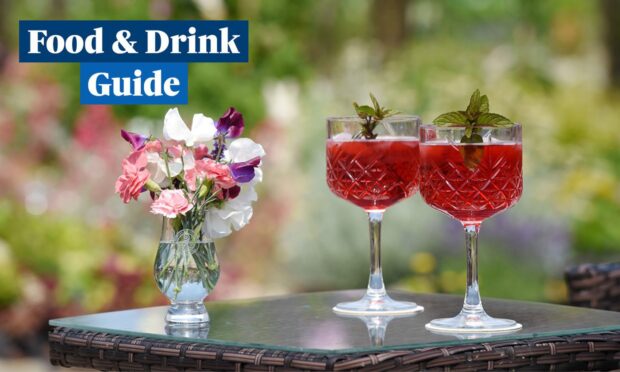

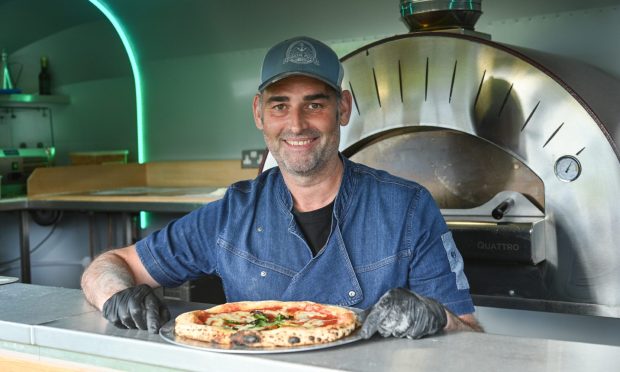
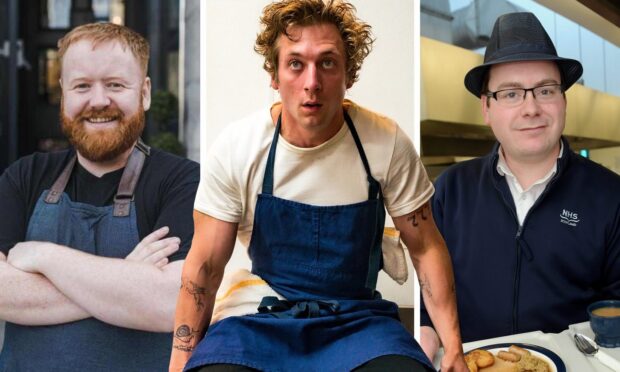
Conversation